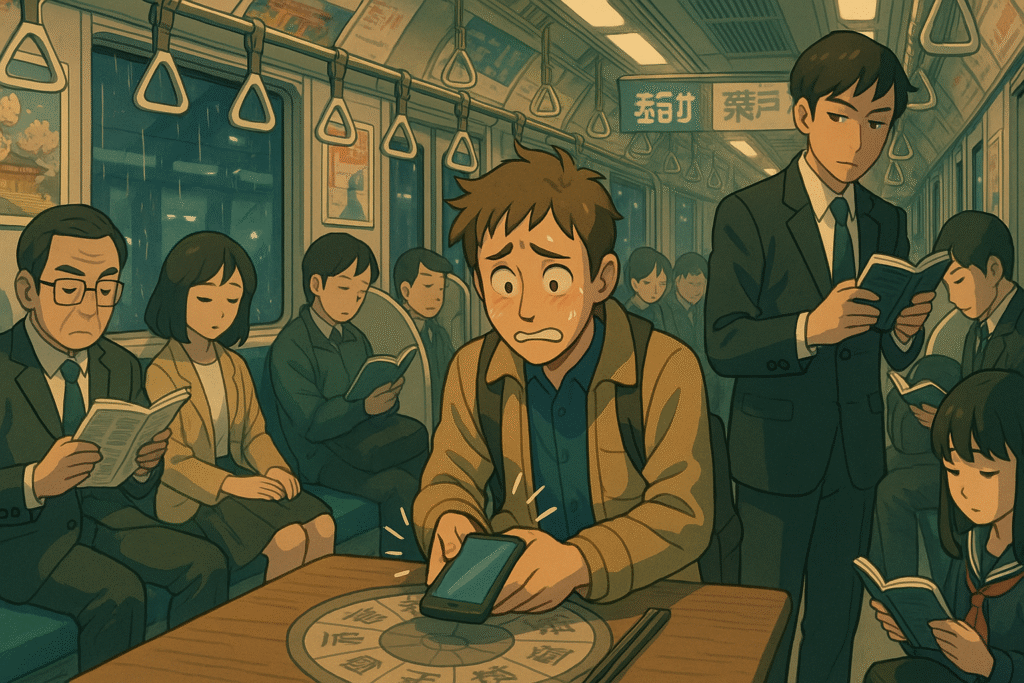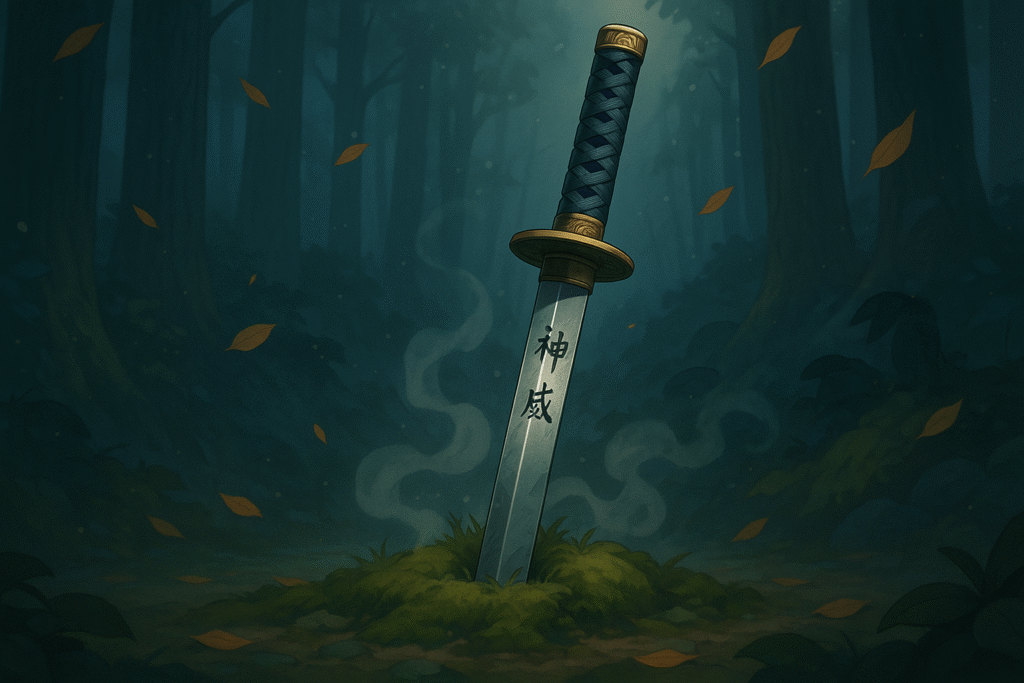Picture this: you’re at a Japanese restaurant, excited to try authentic cuisine. You break apart your disposable chopsticks and instinctively rub them together to smooth out any rough edges. Suddenly, you notice your Japanese friend looking uncomfortable. What just happened?
Understanding why people rub their chopsticks together isn’t just about dining etiquette—it reveals a fascinating glimpse into Japanese culture, respect, and the subtle ways we can unknowingly offend others. This seemingly innocent action carries deeper cultural implications that every traveler and Japanese culture enthusiast should understand.
The Real Reason: Why Do People Rub Their Chopsticks Together?
People rub their chopsticks together to remove splinters from cheap, disposable wooden chopsticks. This practice originated as a practical solution for low-quality waribashi (disposable chopsticks that split in half before use).
When you receive inexpensive wooden chopsticks at casual dining establishments, they often have rough surfaces or small splinters that can make eating uncomfortable. Rubbing them together creates friction that smooths these imperfections, making the utensils safer and more comfortable to use.
The Cultural Problem: What This Action Really Communicates
Implied Insult to Your Host
Here’s where cultural sensitivity becomes crucial. In Japanese culture, rubbing chopsticks together sends an unintended but clear message: “I think you’ve provided me with cheap, low-quality utensils.”
This gesture essentially tells your host that you believe they’ve cut corners on their dining service. In a culture where hospitality (omotenashi) is paramount, this can be deeply offensive—even if you meant no harm whatsoever.
Quality Assumptions and Social Etiquette
Japanese dining etiquette emphasizes showing respect for both the food and the establishment serving it. When you automatically assume the chopsticks need “fixing,” you’re inadvertently questioning the restaurant’s standards before even giving them a chance.
When Rubbing Chopsticks Is Actually Necessary
Legitimate Situations
There are times when rubbing chopsticks together makes perfect sense:
- Clearly rough or splintered chopsticks that could hurt your mouth
- Outdoor dining or street food where disposable utensils might be lower quality
- Informal settings where practicality outweighs formal etiquette
Reading the Room
The key is learning to assess your environment. At a high-end Japanese restaurant, assume the chopsticks are quality. At a casual ramen shop or festival food stall, practical considerations might take precedence.
Cultural Context: Japanese Dining Philosophy
Respect Through Restraint
Japanese dining culture teaches us that sometimes the most respectful action is restraint. Just as pointing with chopsticks or standing them upright in rice carries negative connotations (as explored in our guide to cute Japanese animals and cultural practices), rubbing chopsticks together falls into the category of “things that seem practical but carry cultural weight.”
The Art of Assumption
In Japanese culture, it’s often better to assume positive intent. Assume your host has provided quality utensils. Assume the chef has prepared everything properly. This mindset extends beyond dining into broader cultural interactions.
Alternative Solutions for Rough Chopsticks
Discrete Inspection
Instead of automatically rubbing chopsticks together, try:
- Visual inspection – Look for obvious splinters or rough edges
- Gentle testing – Lightly run your finger along the surface
- Polite inquiry – If genuinely concerned, quietly ask staff for different utensils
Professional Approach
If you encounter genuinely problematic chopsticks, handle it professionally:
- Politely request a replacement pair
- Mention the issue discretely to staff
- Avoid making a scene that draws attention to the “problem”
Want to explore Japan’s culture?
Discover Japan’s rich culture, traditions, and hidden gems with our expertly crafted guides. Get insider tips on travel, food, and history. All for free!
Learning Japanese Culture Through Language
Understanding chopstick etiquette connects to broader Japanese language learning. When studying Japanese, cultural context becomes as important as grammar rules. If you’re serious about mastering Japanese culture and language, consider checking out our comprehensive JLPT N5 Study Guide to build a solid foundation in both linguistic and cultural understanding.
Modern Chopstick Etiquette Guidelines
In Japan vs. Abroad
In Japan: Exercise maximum restraint. Only rub chopsticks if they’re clearly defective.
Abroad: Consider your dining companions. If eating with Japanese people, follow Japanese etiquette. In fusion restaurants with mixed clientele, practical considerations might be more acceptable.
Restaurant Types Matter
- Traditional/upscale restaurants: Never rub chopsticks
- Casual dining: Assess quality first
- Street food/festivals: Practicality often acceptable
- International fusion: Read your specific environment
The Psychology Behind the Habit
Why We Do It Automatically
Many people rub chopsticks together because:
- Previous experience with rough disposable chopsticks
- Practical mindset prioritizing function over cultural sensitivity
- Lack of awareness about cultural implications
- Muscle memory from past dining experiences
Building Cultural Sensitivity
Beyond Chopsticks
Learning why people rub their chopsticks together opens doors to understanding broader Japanese cultural values:
- Respect for craftsmanship
- Importance of host-guest relationships
- Subtlety in social communication
- Assumption of positive intent
This knowledge enriches your understanding of Japanese ghost stories like Oiwa, mythology such as the Kirin, and even modern entertainment like JDramas—all reflecting these same underlying cultural values.
Frequently Asked Questions
Q: Why do people rub their chopsticks together? A: People rub chopsticks together to remove splinters from cheap wooden chopsticks, but this can insult your host in Japanese culture.
Q: Is it ever okay to rub chopsticks together? A: Yes, when chopsticks are genuinely rough or splintered, but assess the situation and setting first.
Q: What should I do if my chopsticks are actually rough? A: Politely ask your server for a replacement pair rather than rubbing them together.
Q: Does this rule apply in all Asian cultures? A: No, this specific etiquette concern is primarily relevant to Japanese culture.
Q: What if I accidentally rub my chopsticks together? A: Don’t panic. Most Japanese people understand cultural differences and won’t take serious offense, especially from clearly foreign visitors.
Conclusion
Understanding why people rub their chopsticks together reveals the beautiful complexity of Japanese culture, where practical actions carry deeper social meanings. While the practice serves a legitimate purpose for rough chopsticks, awareness of its cultural implications helps you navigate Japanese dining with greater sensitivity and respect.
The next time you sit down to a Japanese meal, pause before reaching for those chopsticks. Consider the craftsmanship, respect the hospitality, and remember that sometimes the most sophisticated response is the simplest: trust that your host has provided quality utensils worthy of your respect.
By mastering these subtle cultural nuances, you’re not just learning dining etiquette—you’re developing the cultural fluency that makes Japanese language learning, travel, and relationship-building infinitely more rewarding.
Love Japan? Stay in the Loop!
Get the best of Japan straight to your inbox: language, culture & travel insights!




